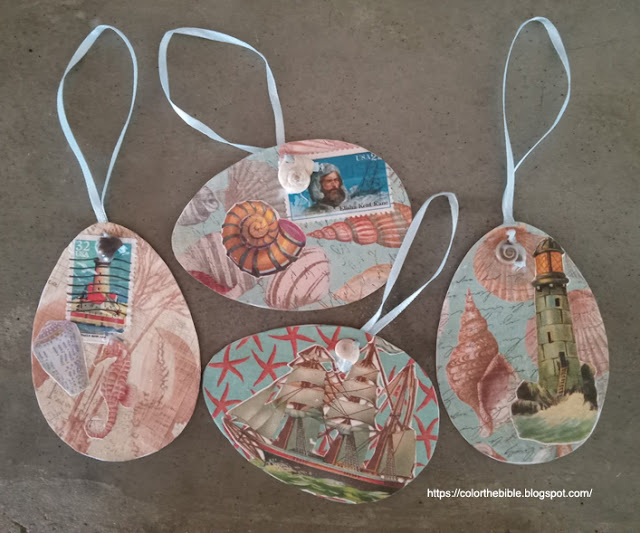 |
| Here's a little egg for your church webpage! Happy Easter! |
- Treat you 'egg hunt' like a potluck. Have every family hunting in attendance bring a certain number of eggs for hunting. Then the sponsor of that egg hunt hides the eggs secretly prior to the egg hunt.
- Stuff plastic eggs with printable scriptures. - especially if the hunt is at a church! include these along with treats.
- For older kids and adults - among your eggs, stuff the green ones with cash money!
- Dad creates beeping Easter egg for blind daughter here. and his website.
- Have a 'rubber duck' hunt on a lawn instead of eggs. Number the ducks with a permanent ink marker on their bottoms. This prevents kids from collecting something off of a lawn or public park that may get dirty and you don't want them to handle it before eating candy. They can pick up rubber ducks and exchange these for gifts. Then wash the ducks or soak them in vinegar and water for the following years. Bulk rubber ducks here or here. (These are also useful in fair, floating in a kiddie pool.)
- The original Jelly Bean Prayer to include inside of an egg including jelly beans
- Organize hunts into color matching for specific visitors. Each person may only collect one egg color and in this way the gifts are made personal and every person hunting gets the same amount of eggs.
- Stuff plastic eggs with scripture candy here!
- Always have a 'golden egg' with the greatest prize and hide it seriously. Make this egg very difficult to find. When my dad was little, the town had egg hunts and the golden egg usually had a money gift for high school graduates. It was usually hidden in the wooded public park.
- Have a scavenger egg hunt where each egg contains a clue that will lead them to a destination for another clue and so on until... a big prize is collected.
- Peeps for stuffing eggs, very traditional.
- Egg hunts for children confined to wheel chairs may be done with colorful egg shaped balloons filled with helium and paper tickets. Tie a weight to the end of each balloon string so that these won't get caught by the wind and blown away. The child may then pop each balloon with a toothpick and turn in their tickets for prizes after the hunt.
- How a church holds community Easter egg hunts for different age groups...
- Include riddles for clues that leads to candy or more hidden eggs.
- Number eggs so that if someone finds it they can retrieve candy or prizes from a cleaner location, with the same number.
- Have an 'egg glow' egg hunt at night instead of having the hunt during the day!
- Print out fun facts about Easter and kids can use these tips to help them complete a crossword at a dinner party later.
- Purchase sidewalk chalk shaped like eggs for little ones to draw and play with later.
- Mumsnet hints for a successful hunt at home...
- Dogs love egg hunts too; fill the plastic eggs with your pet's favorite treats! You can even hide a few hard boiled eggs with their shells peeled off of course.
- Share the Good News and pretzel treats to your Easter eggs from rosaenid


















































